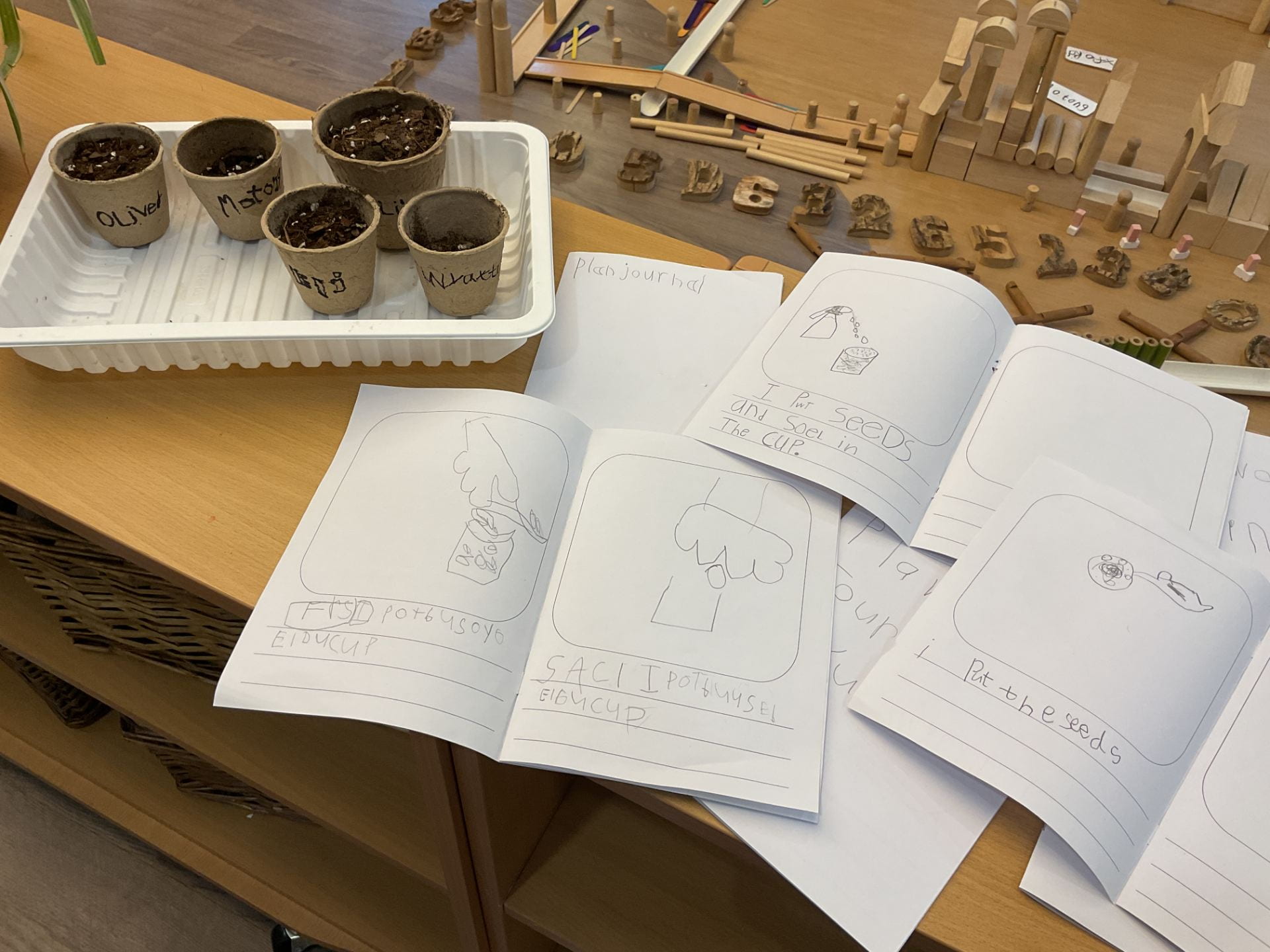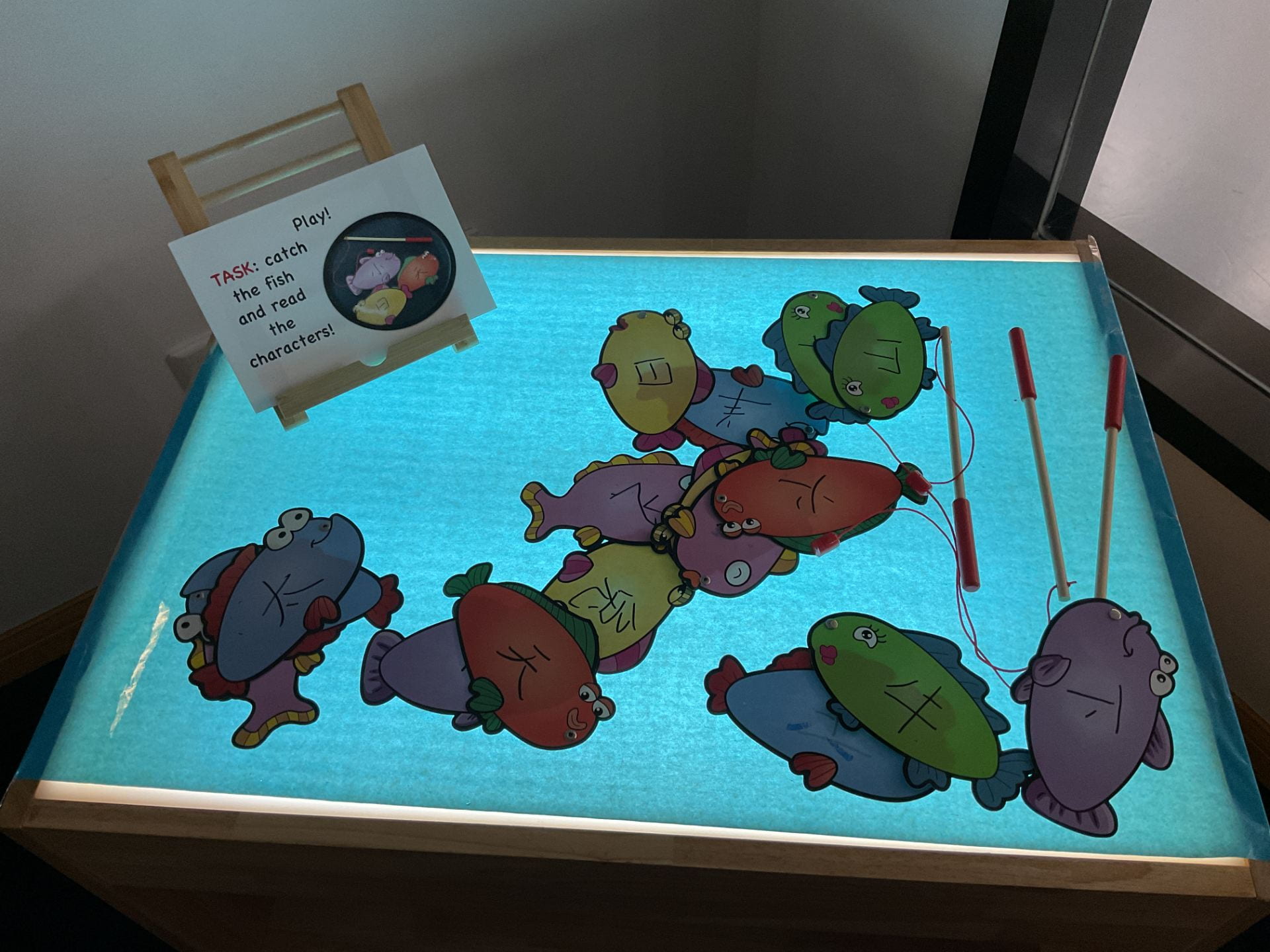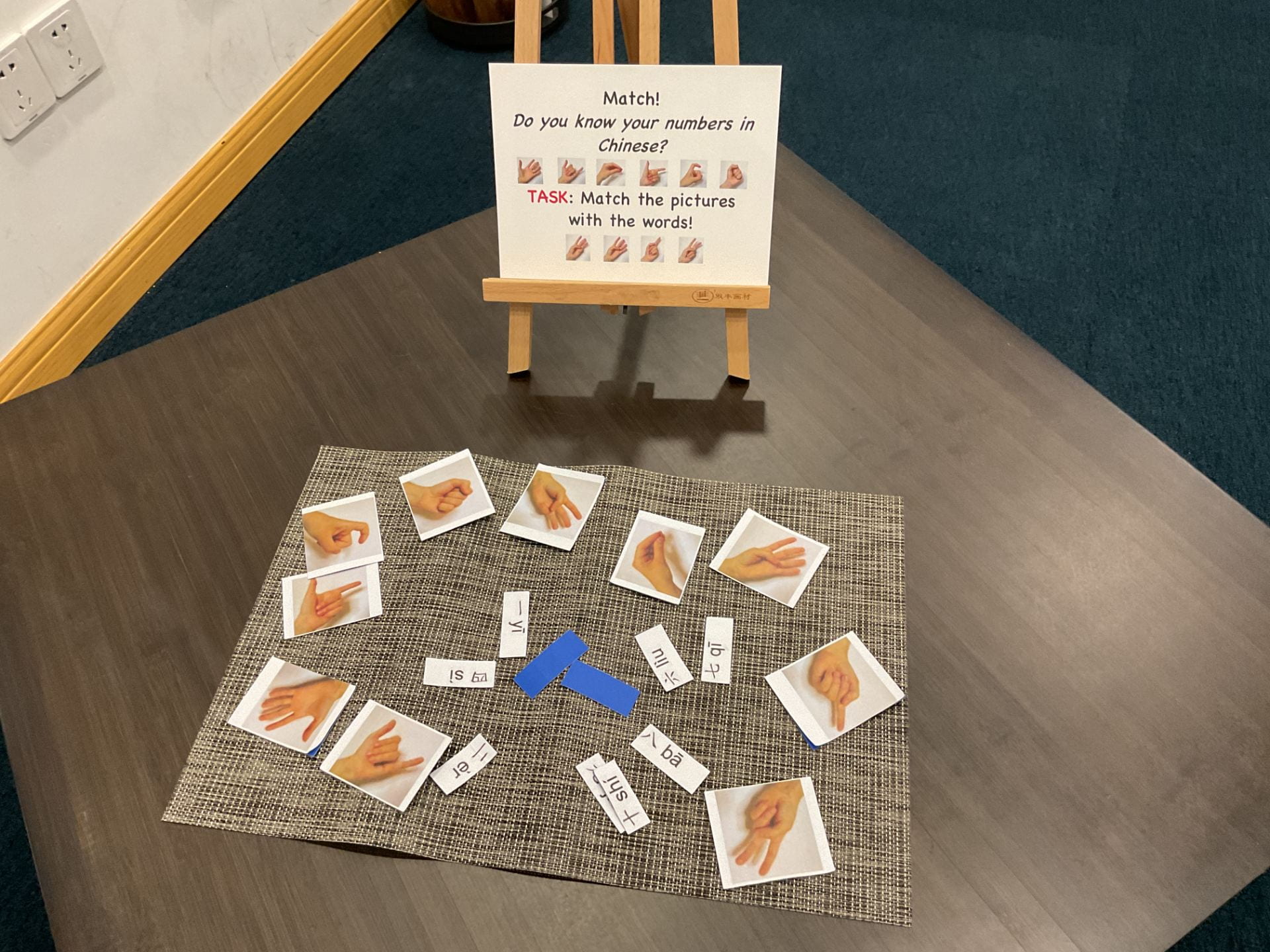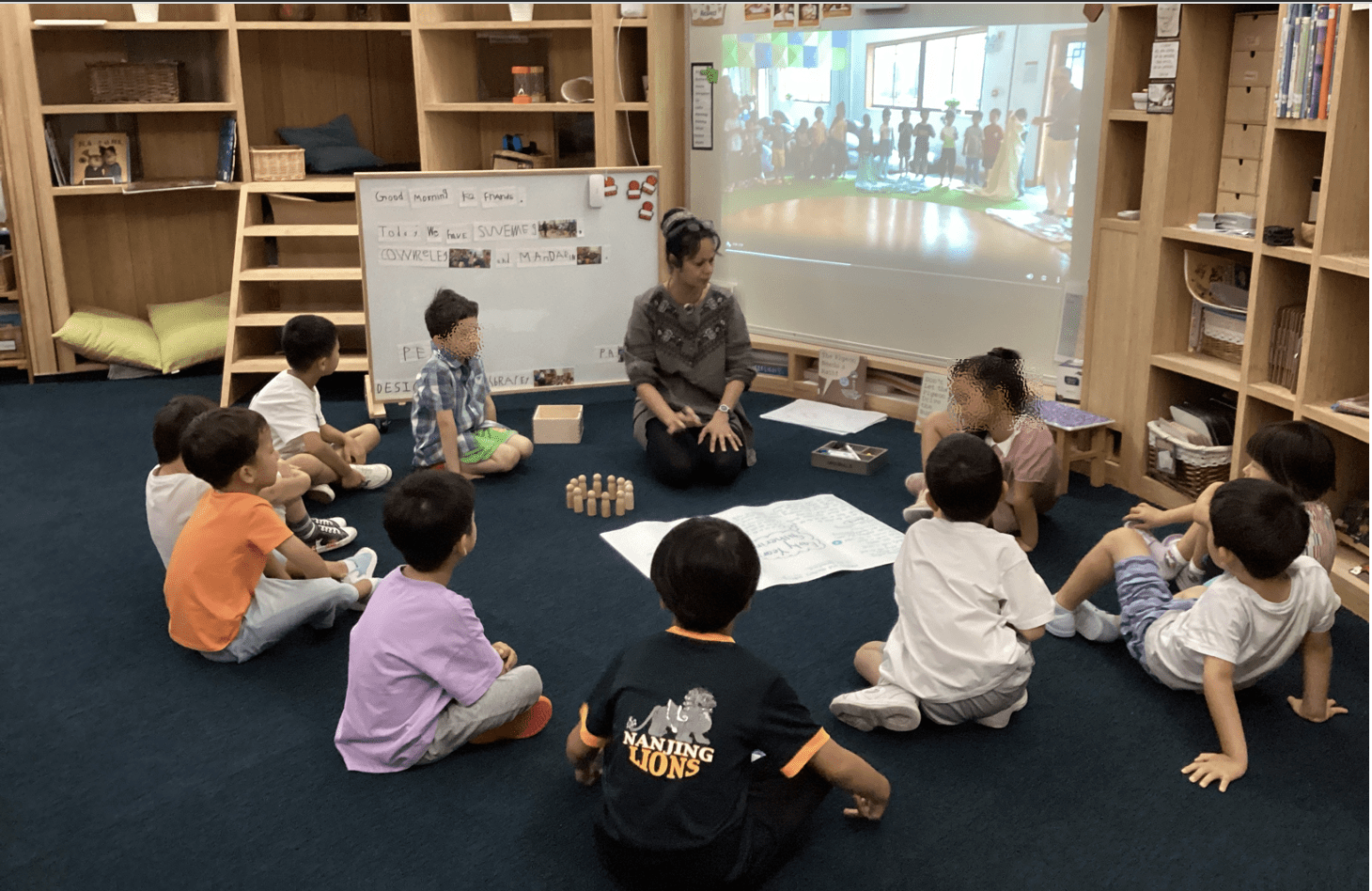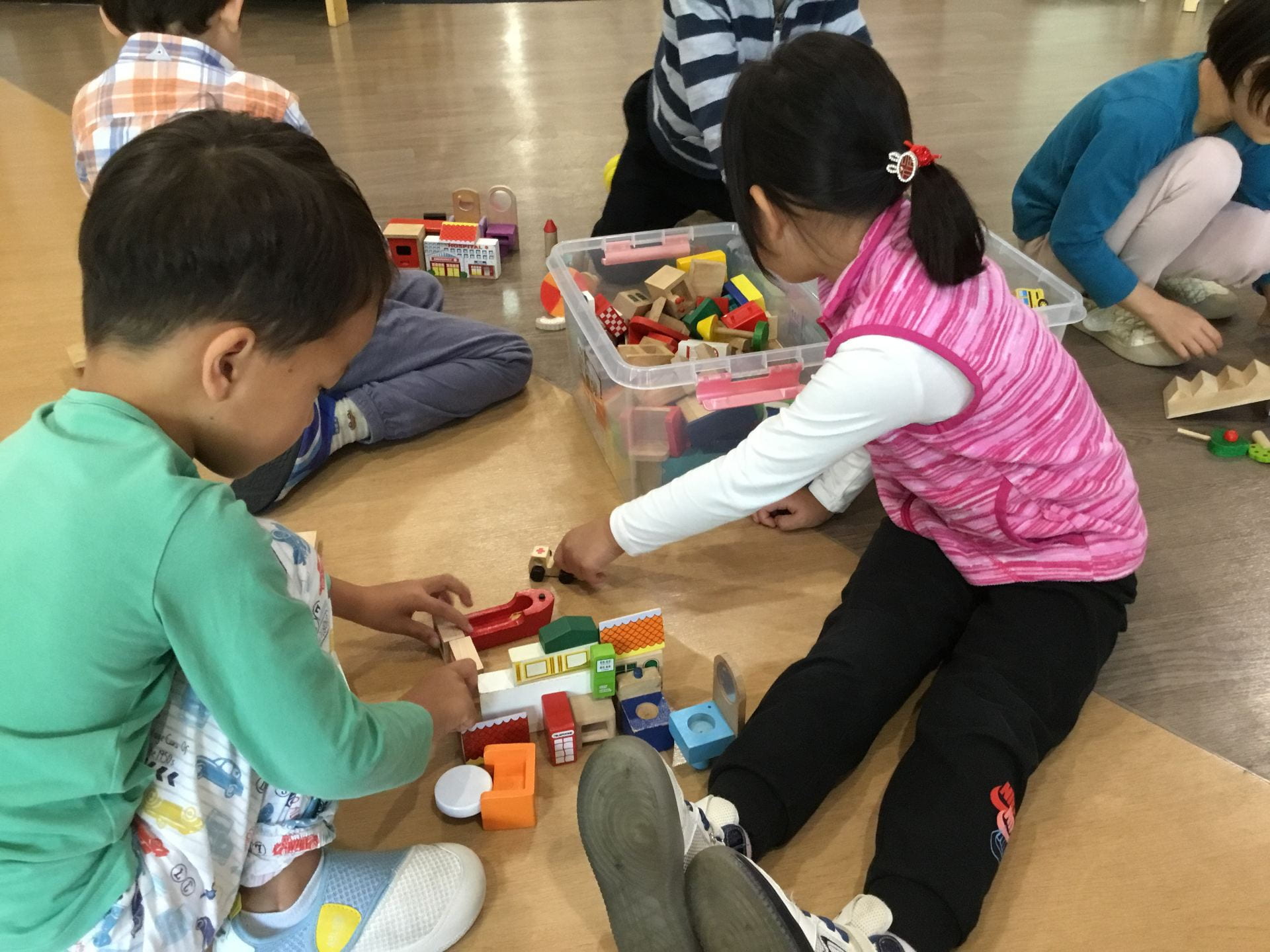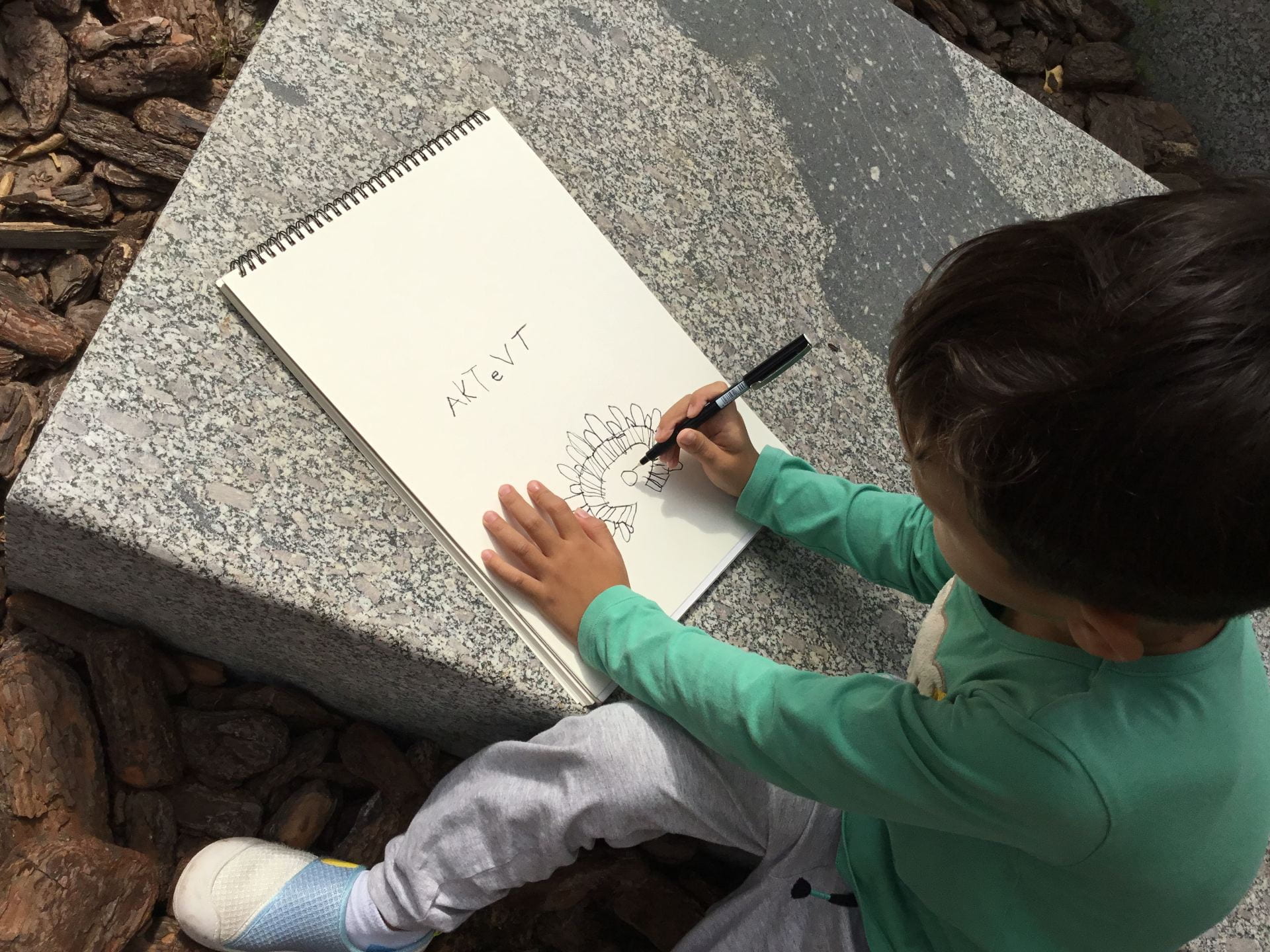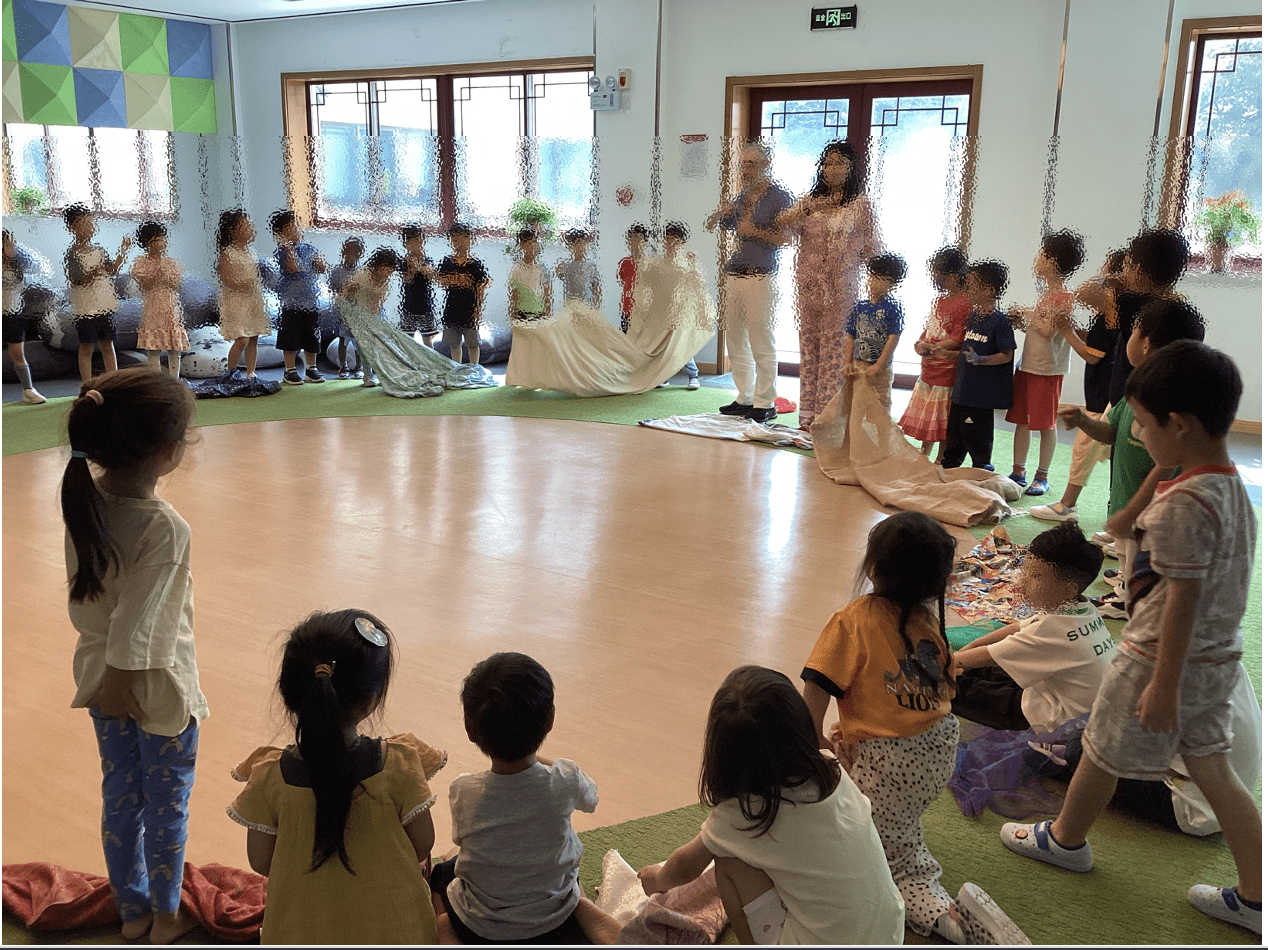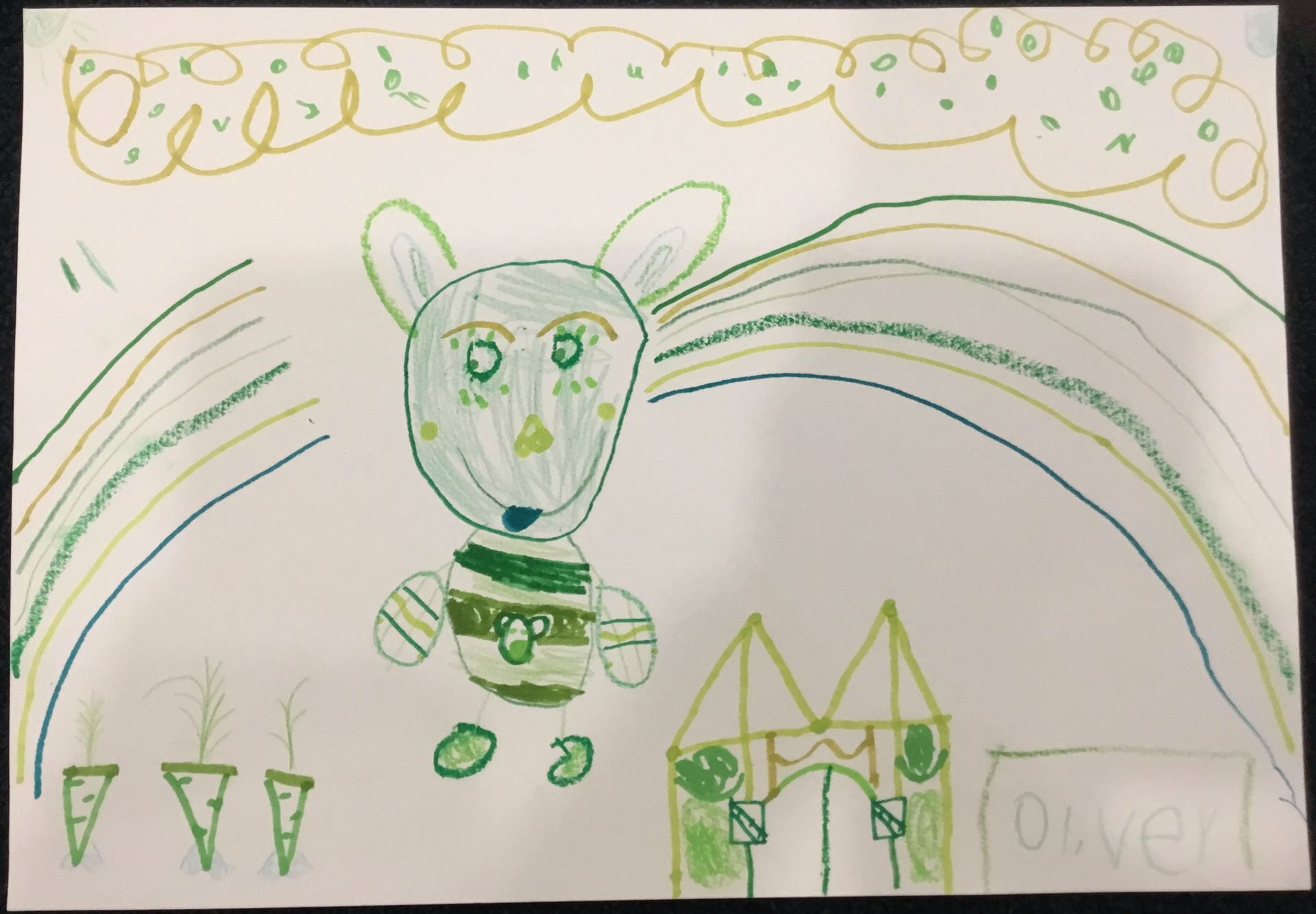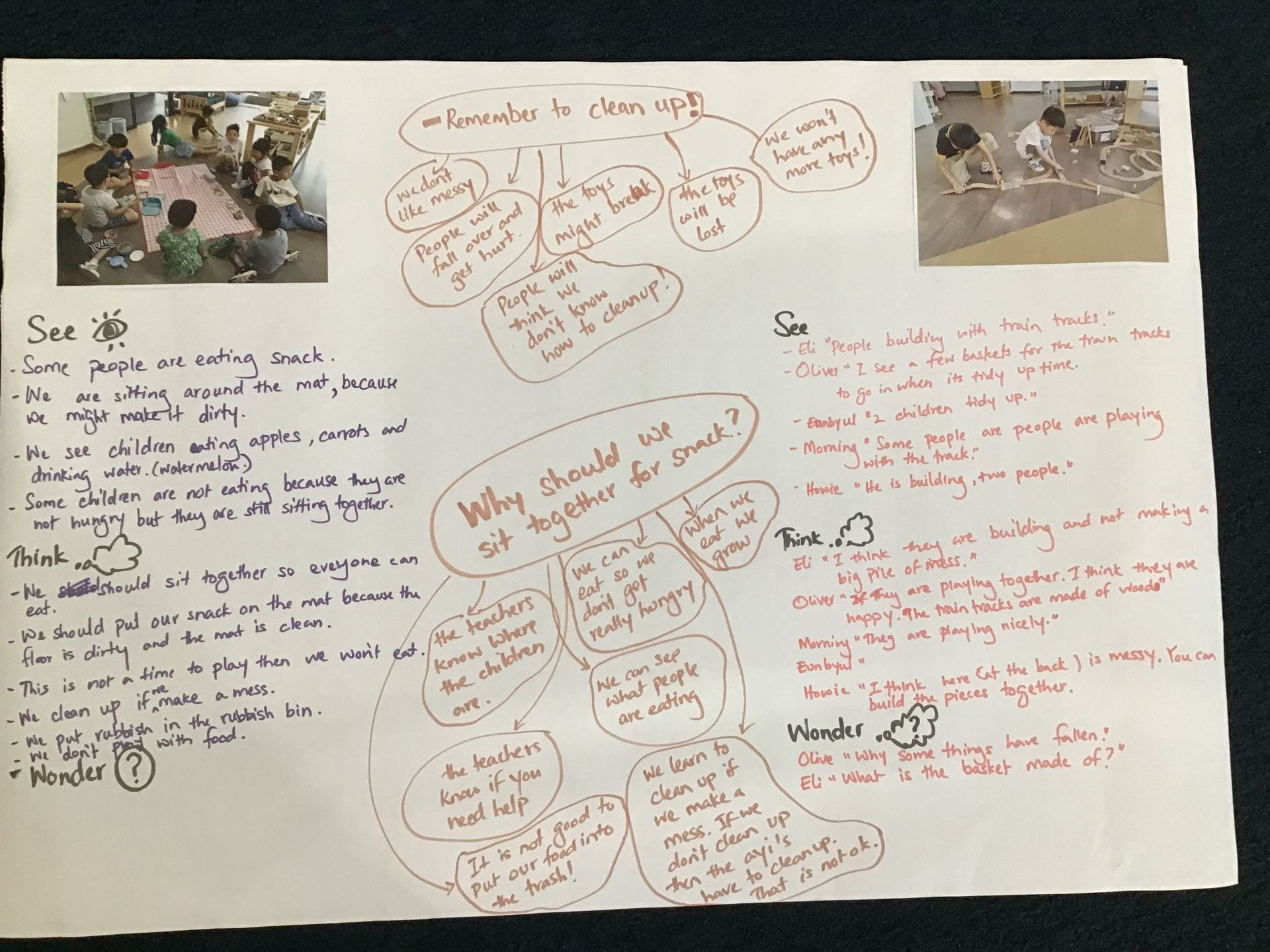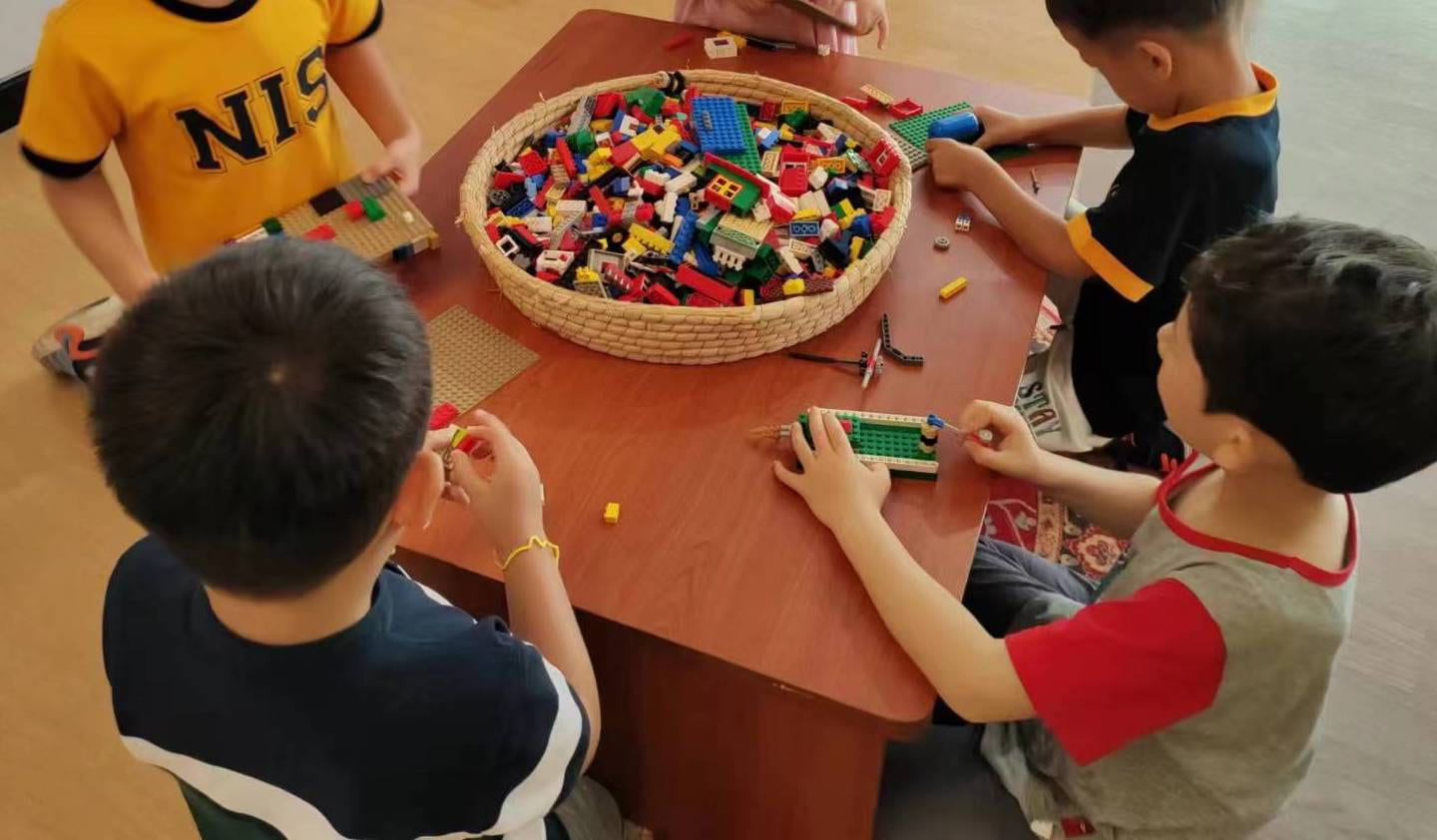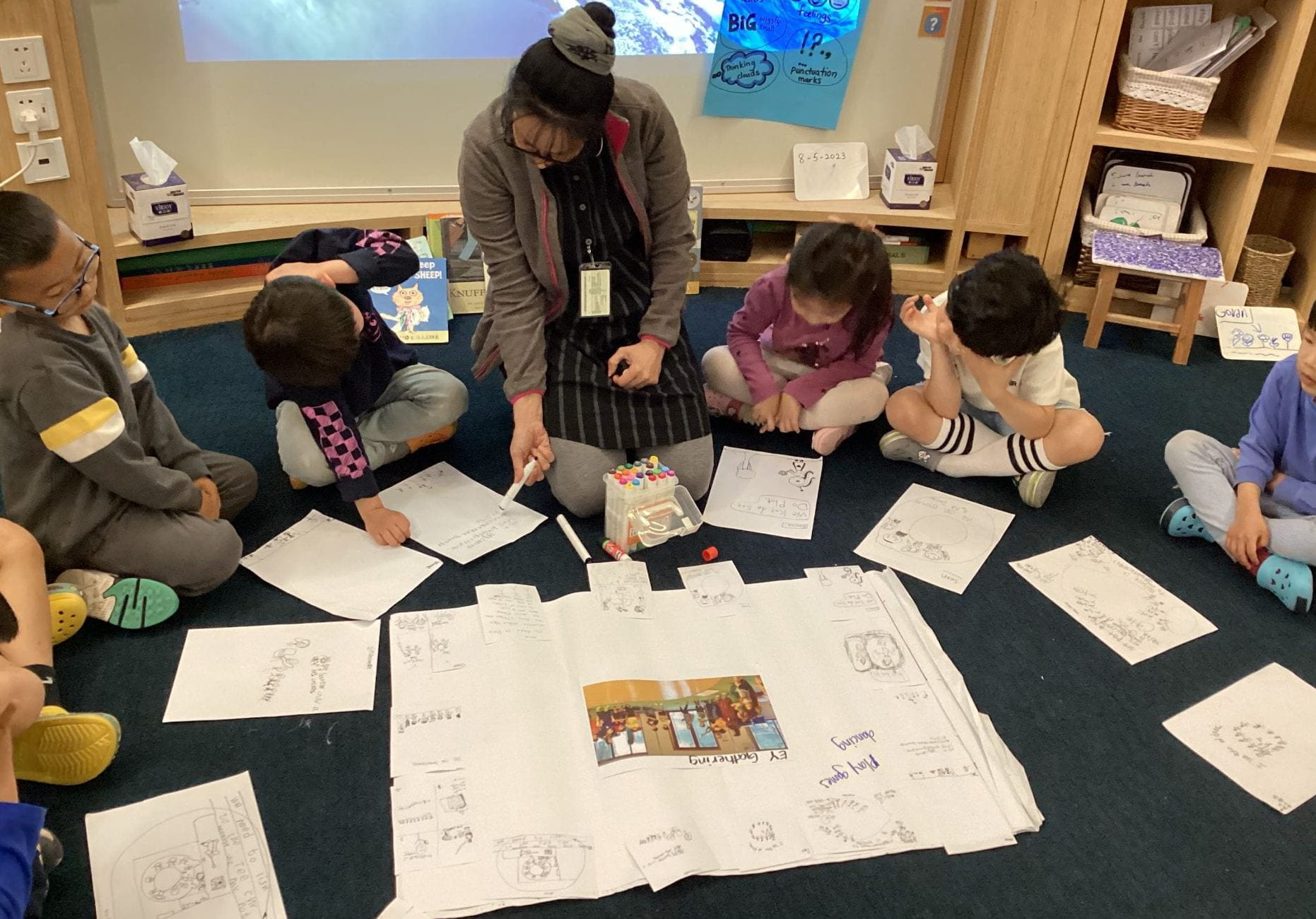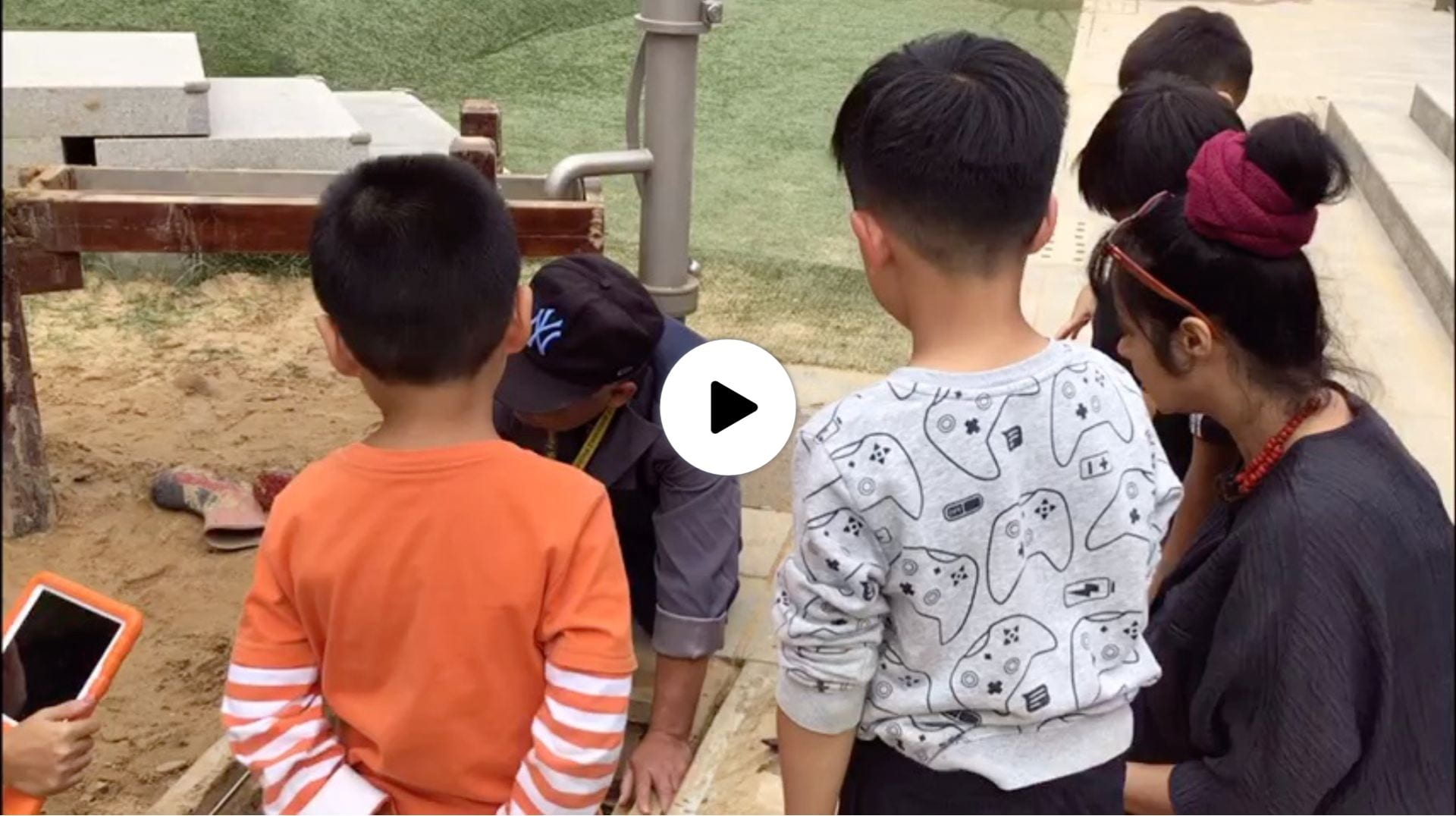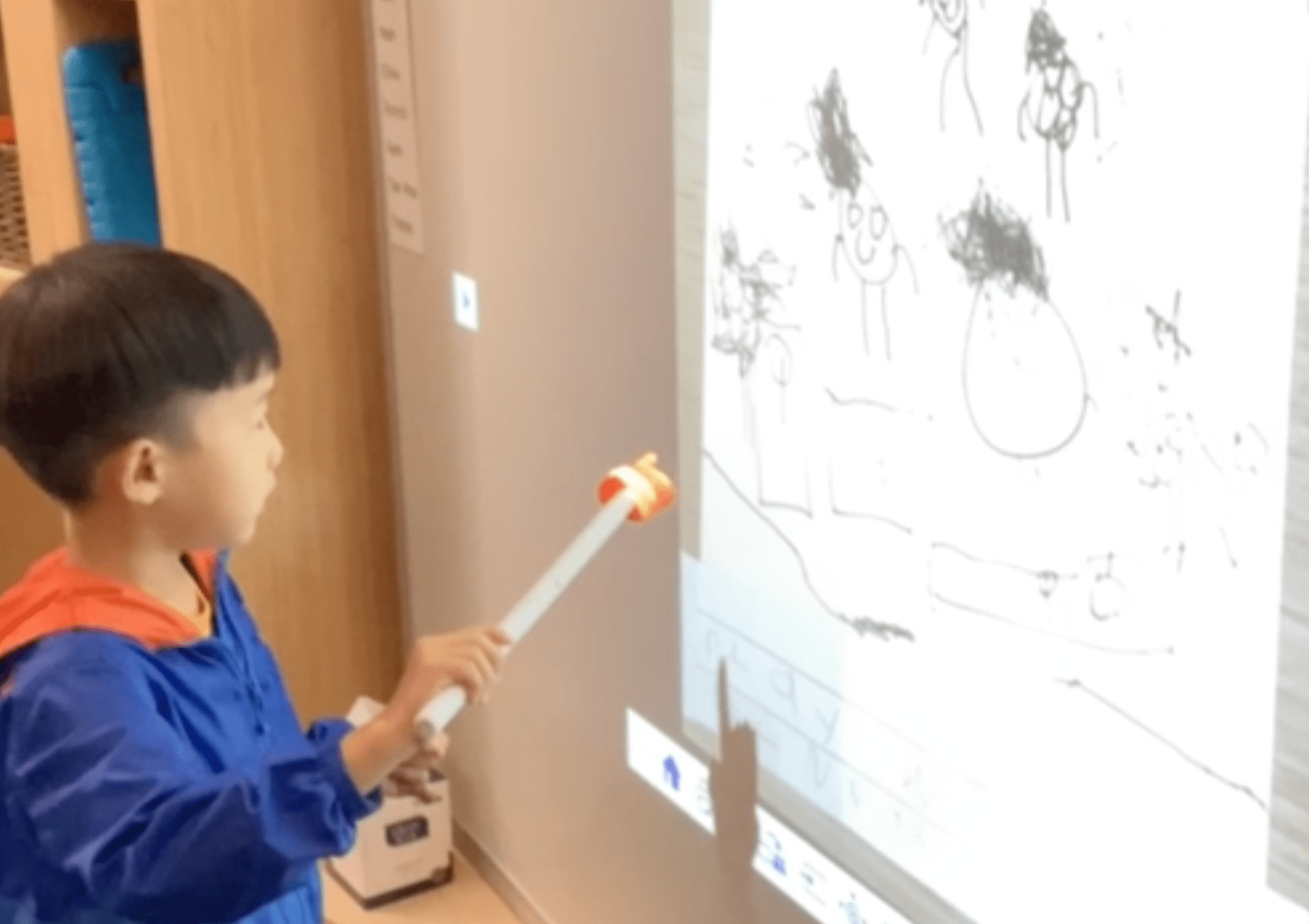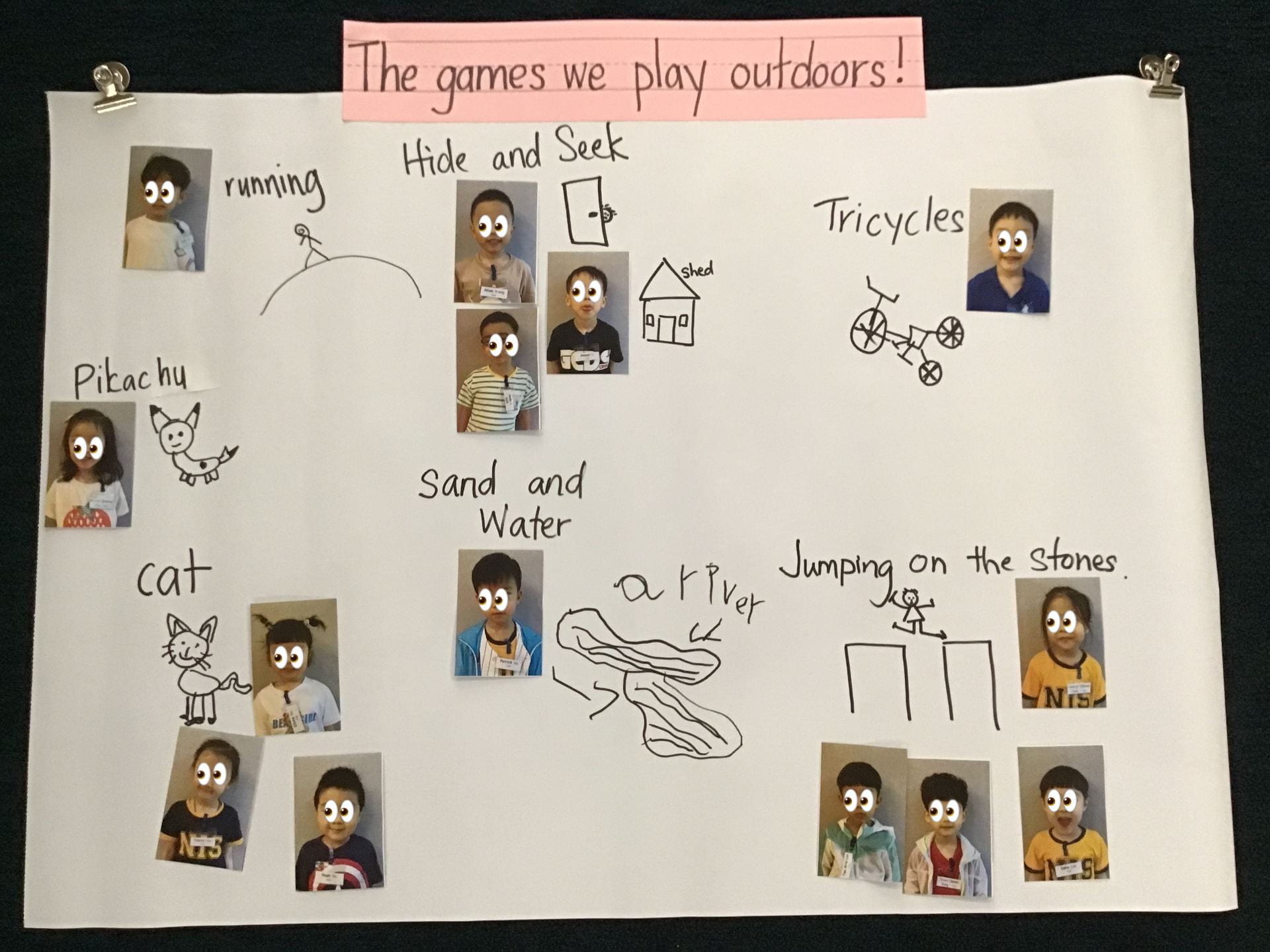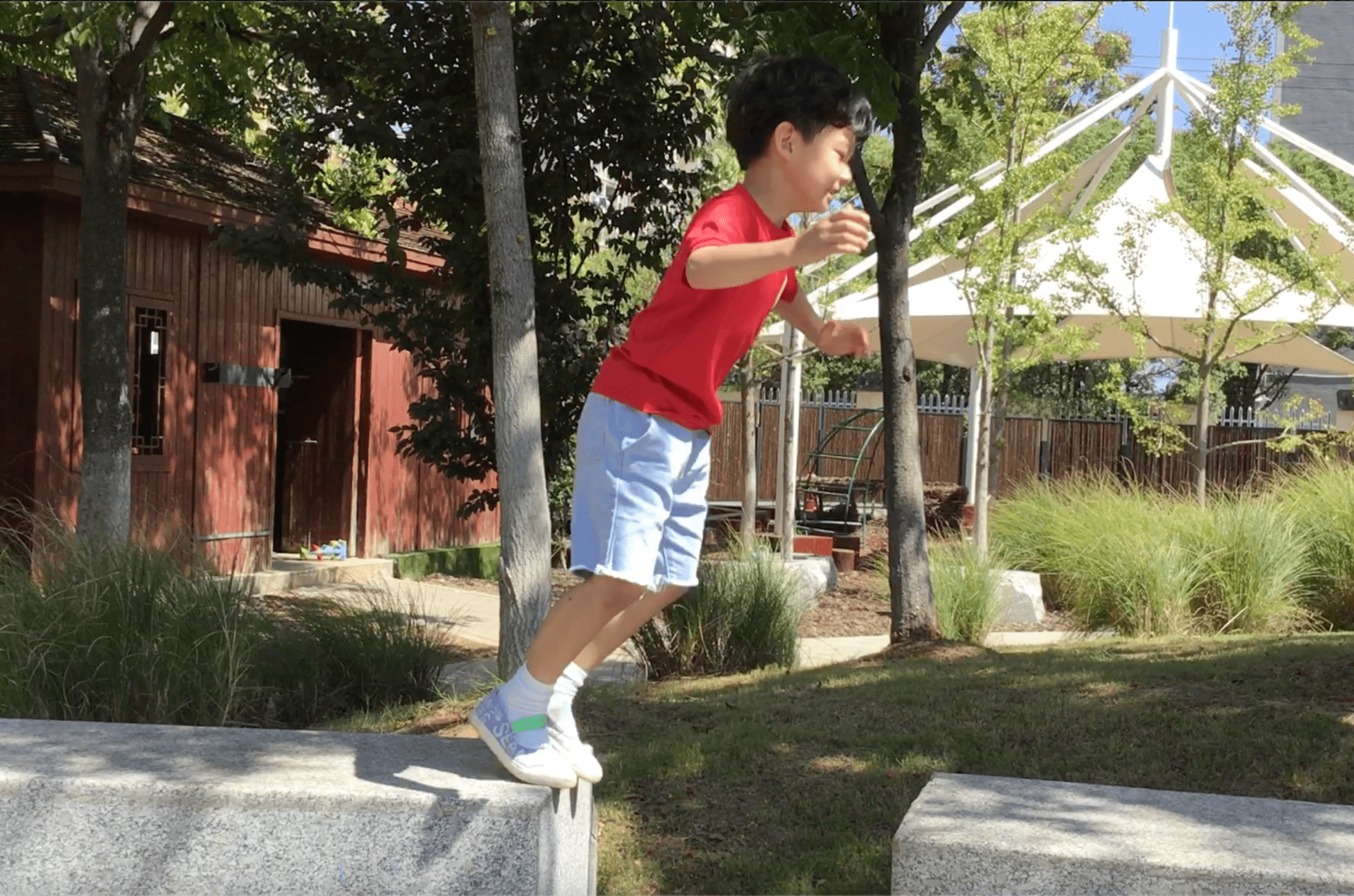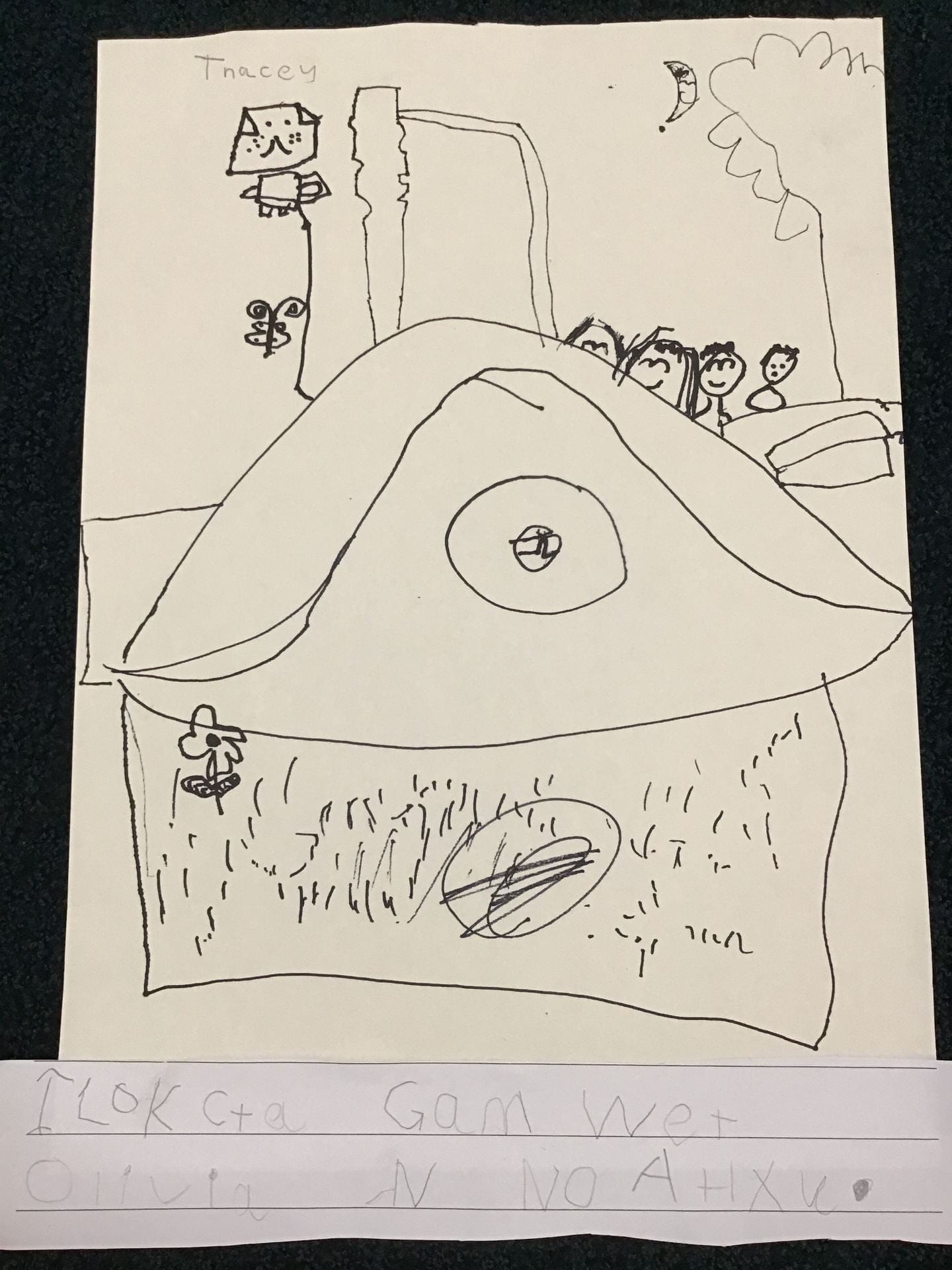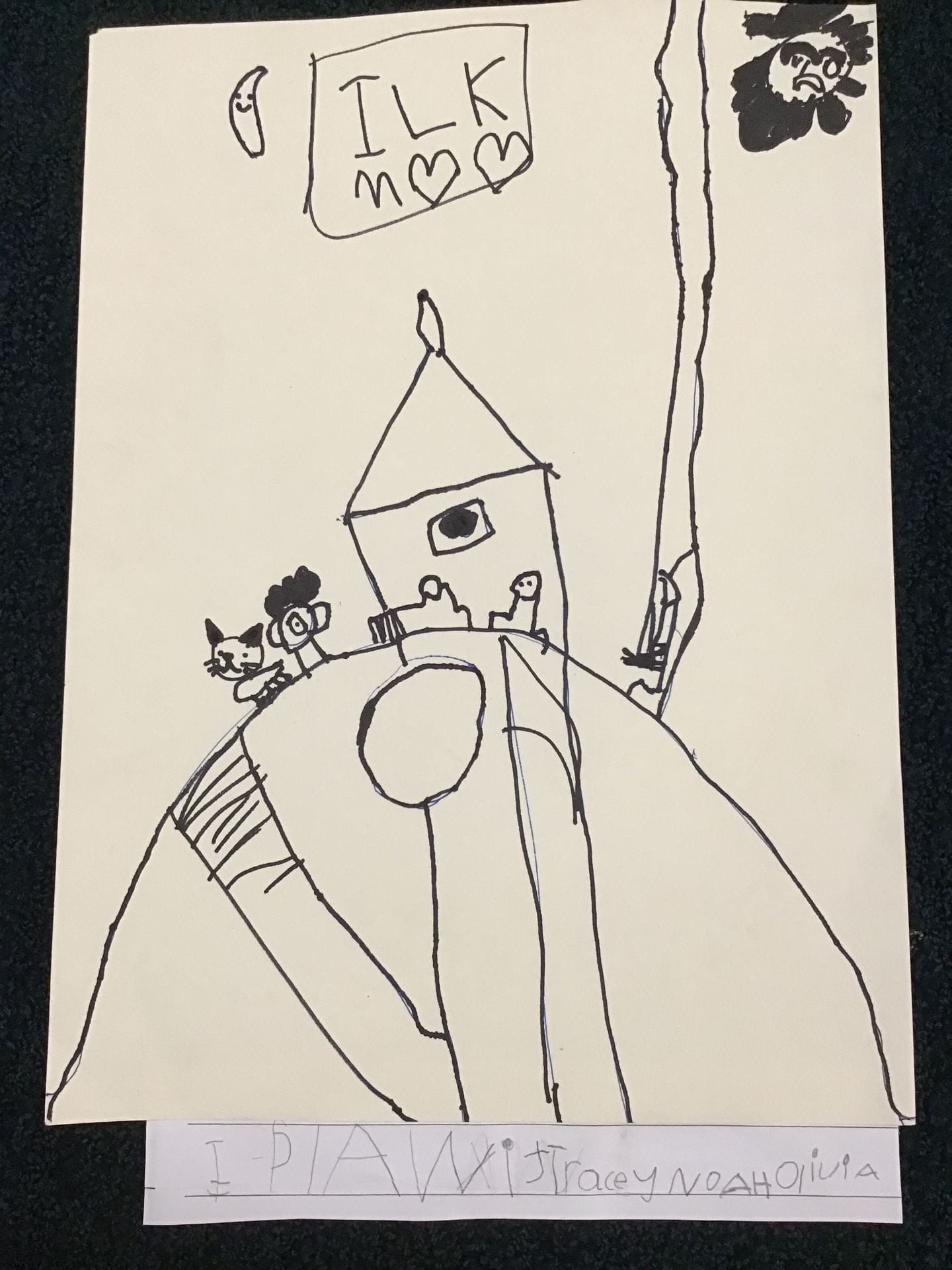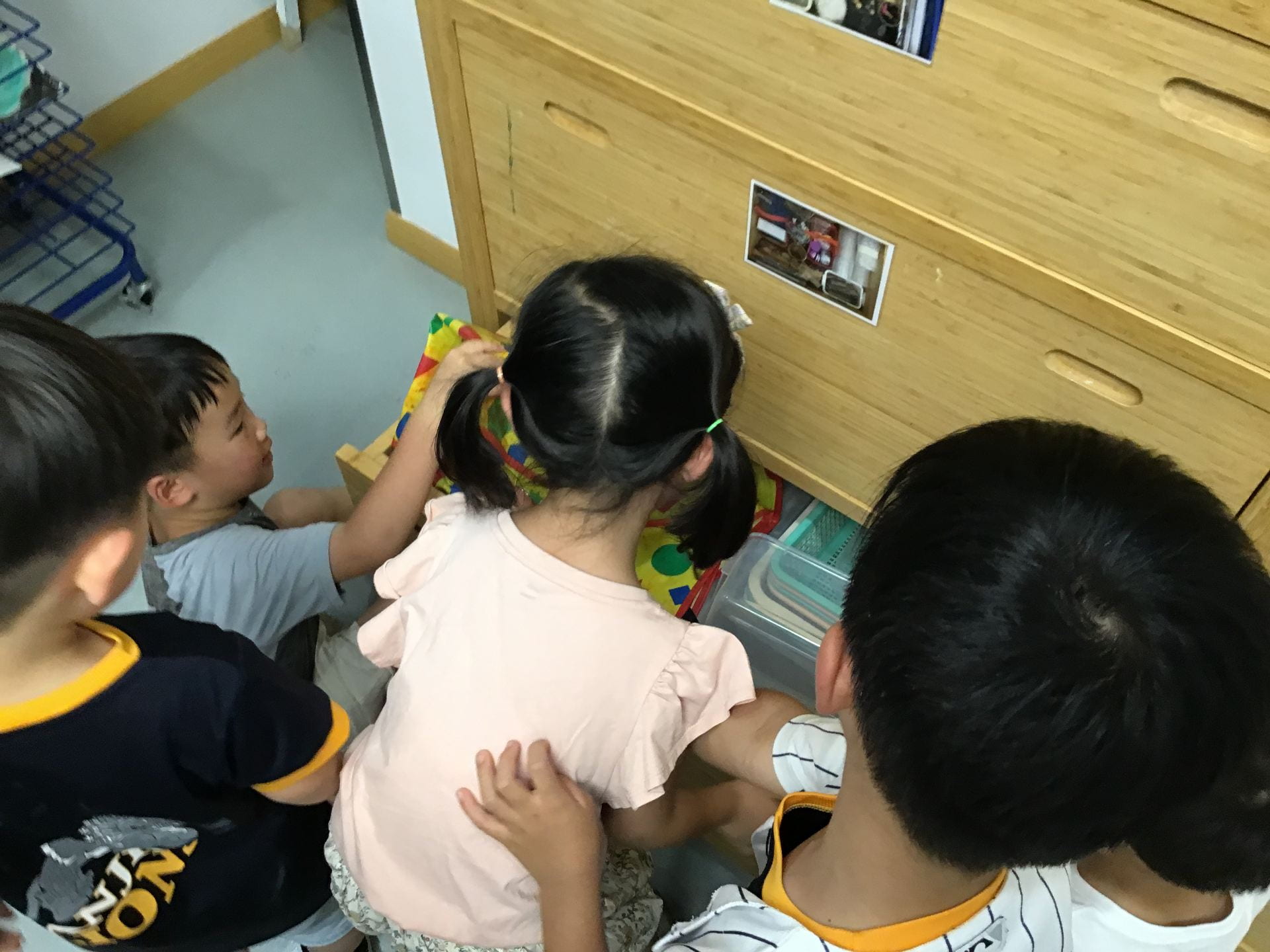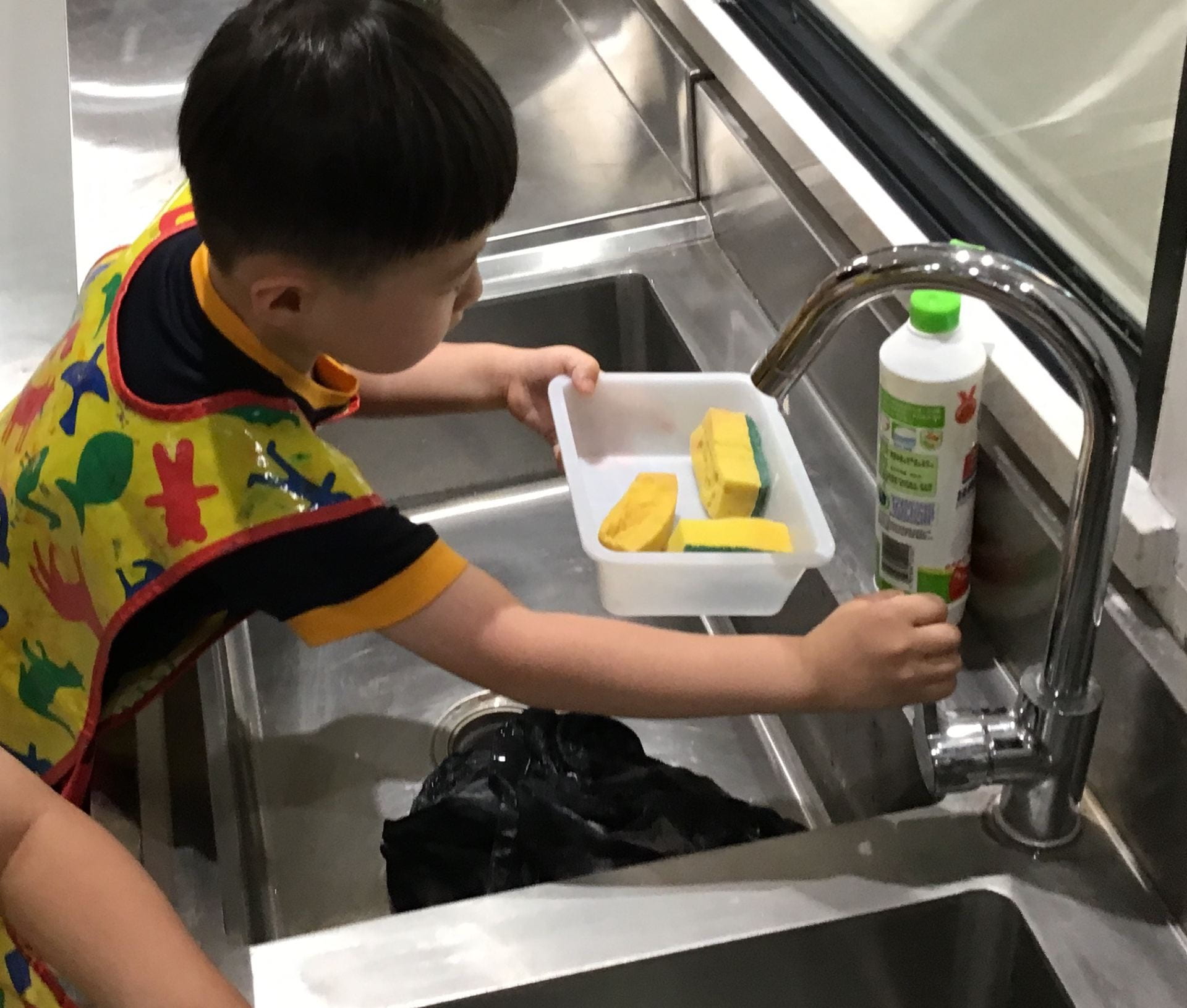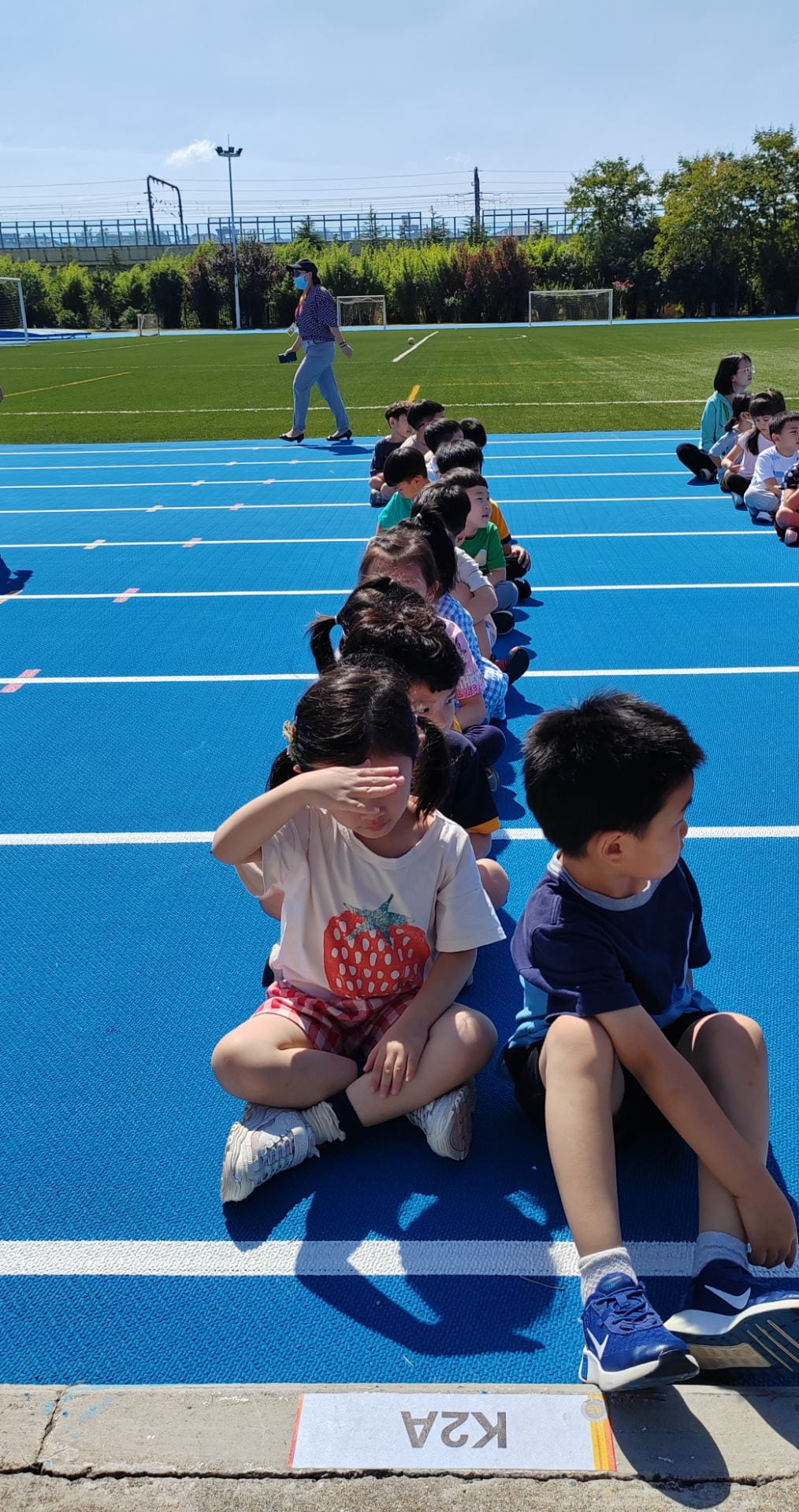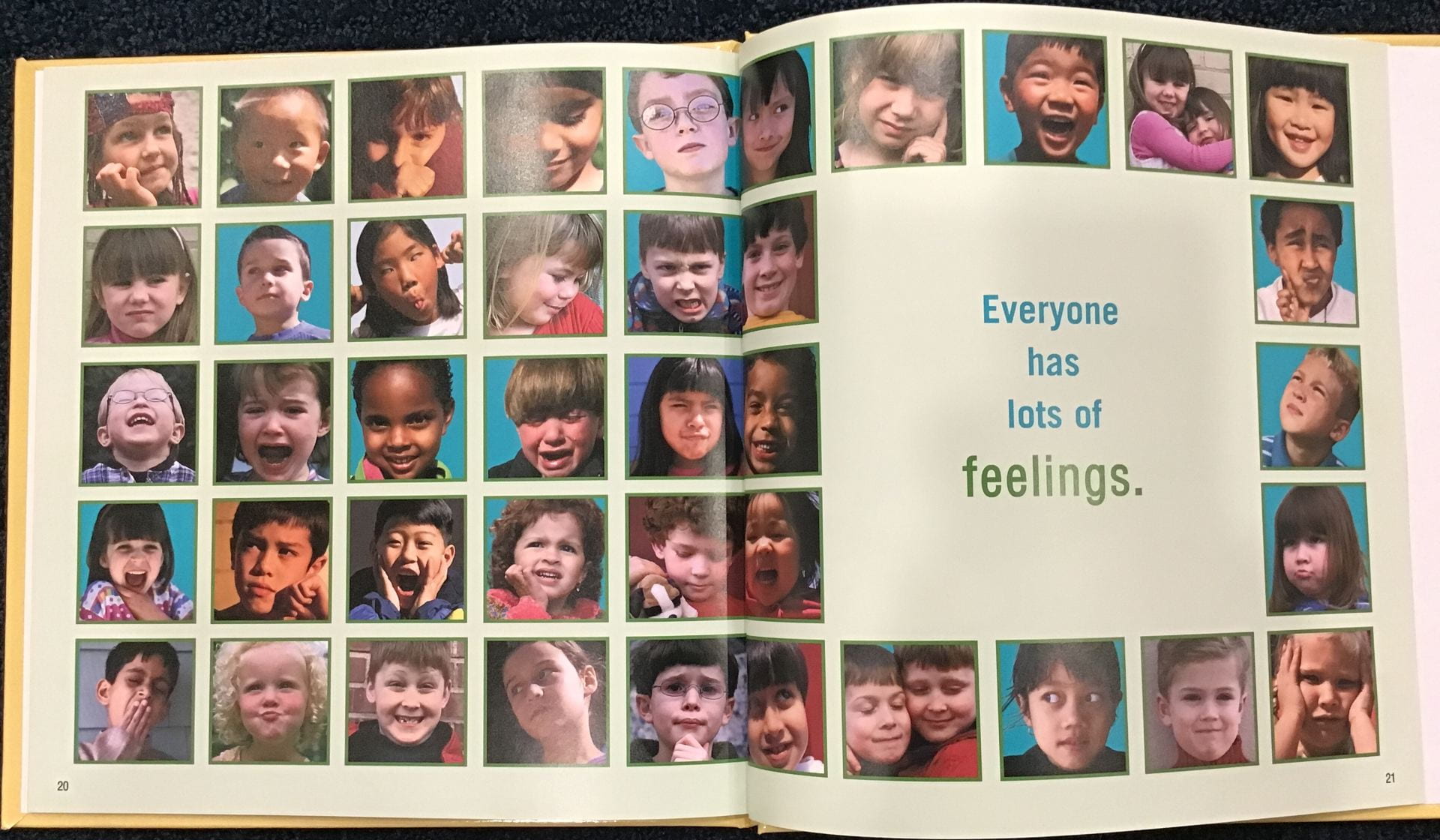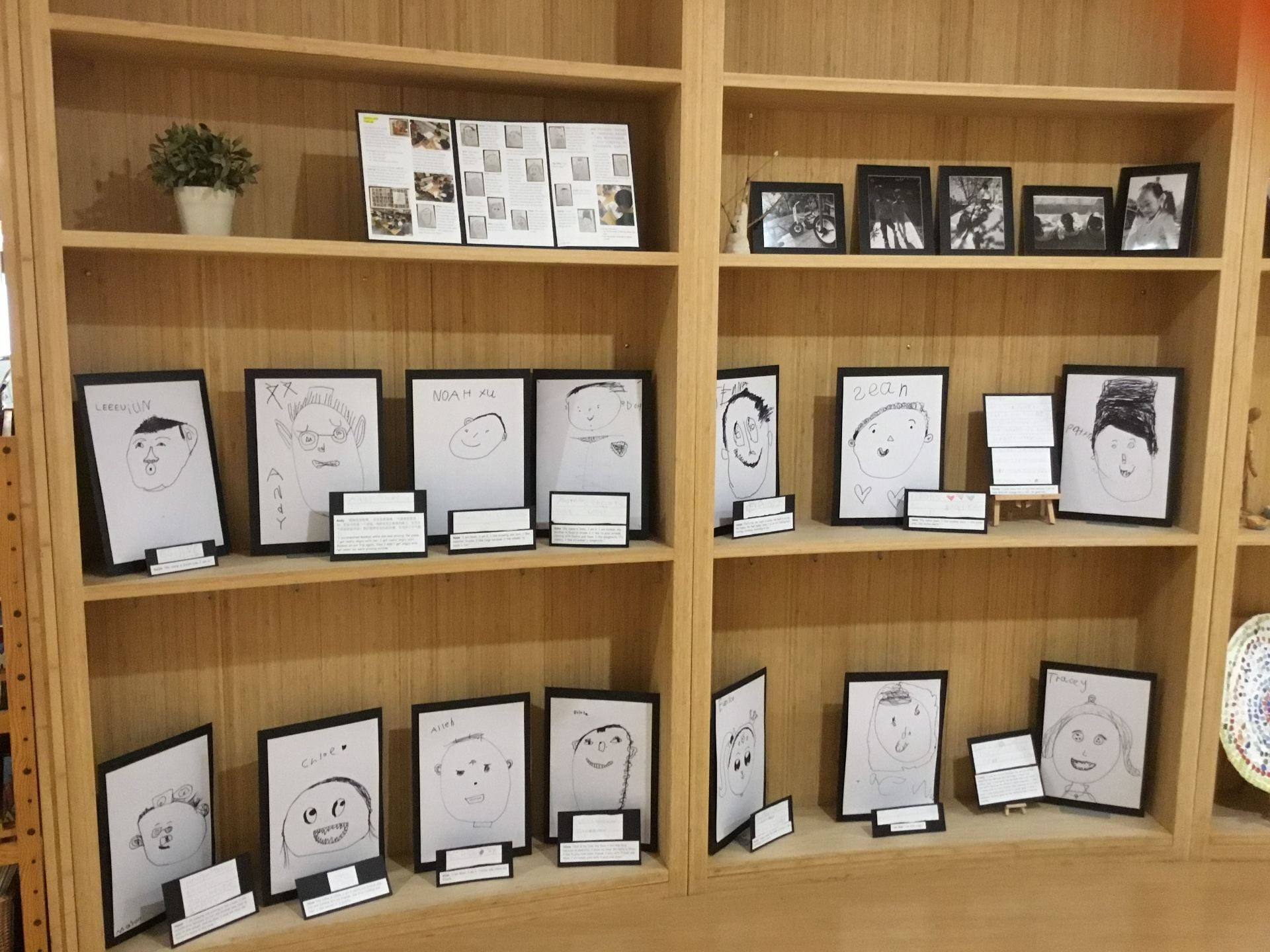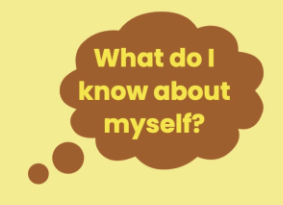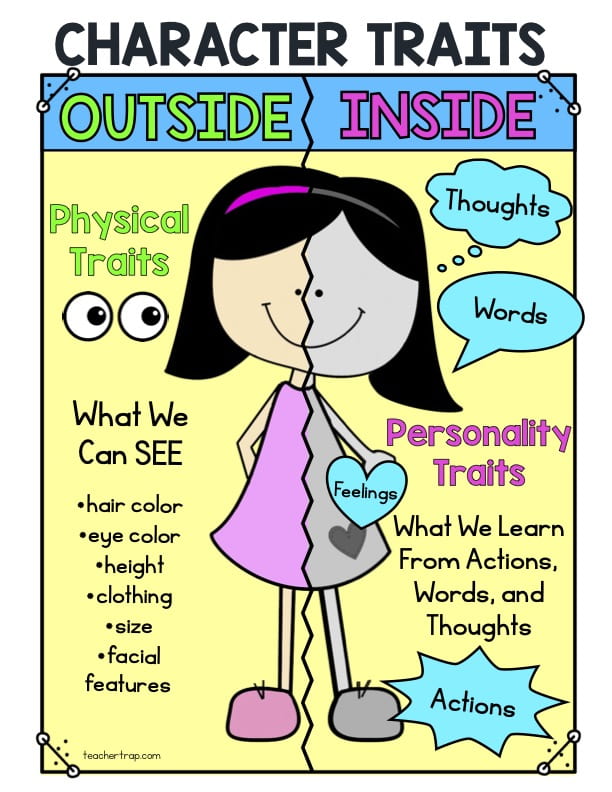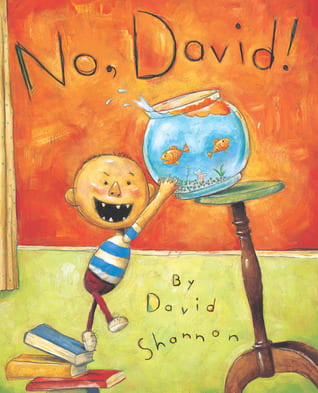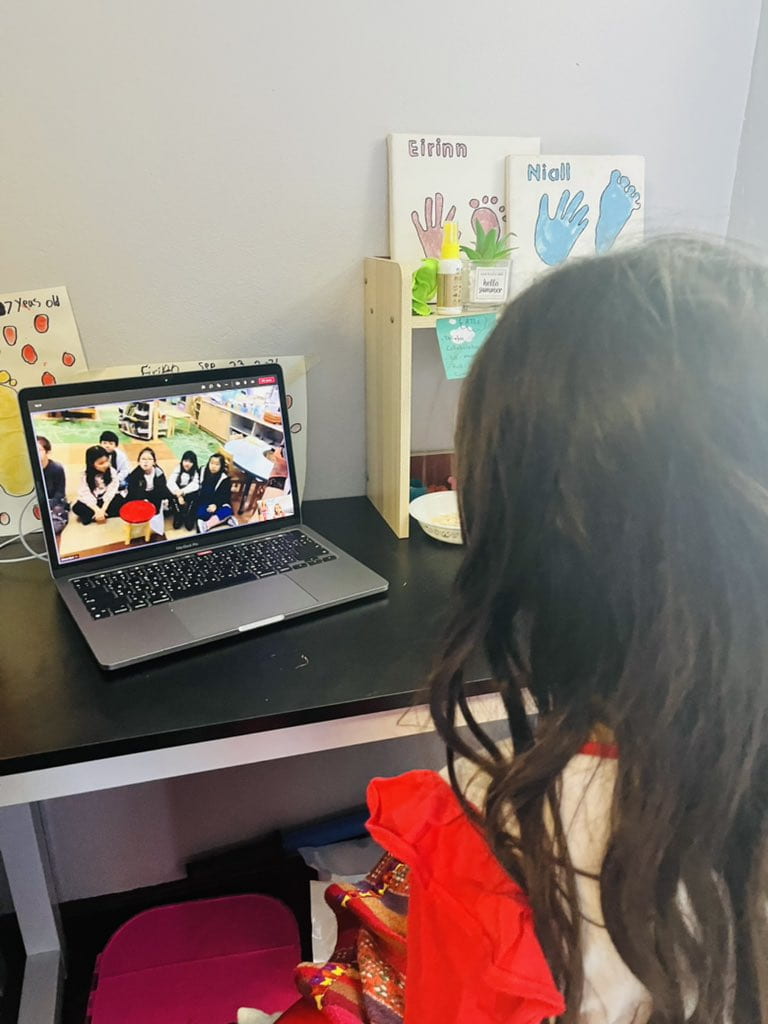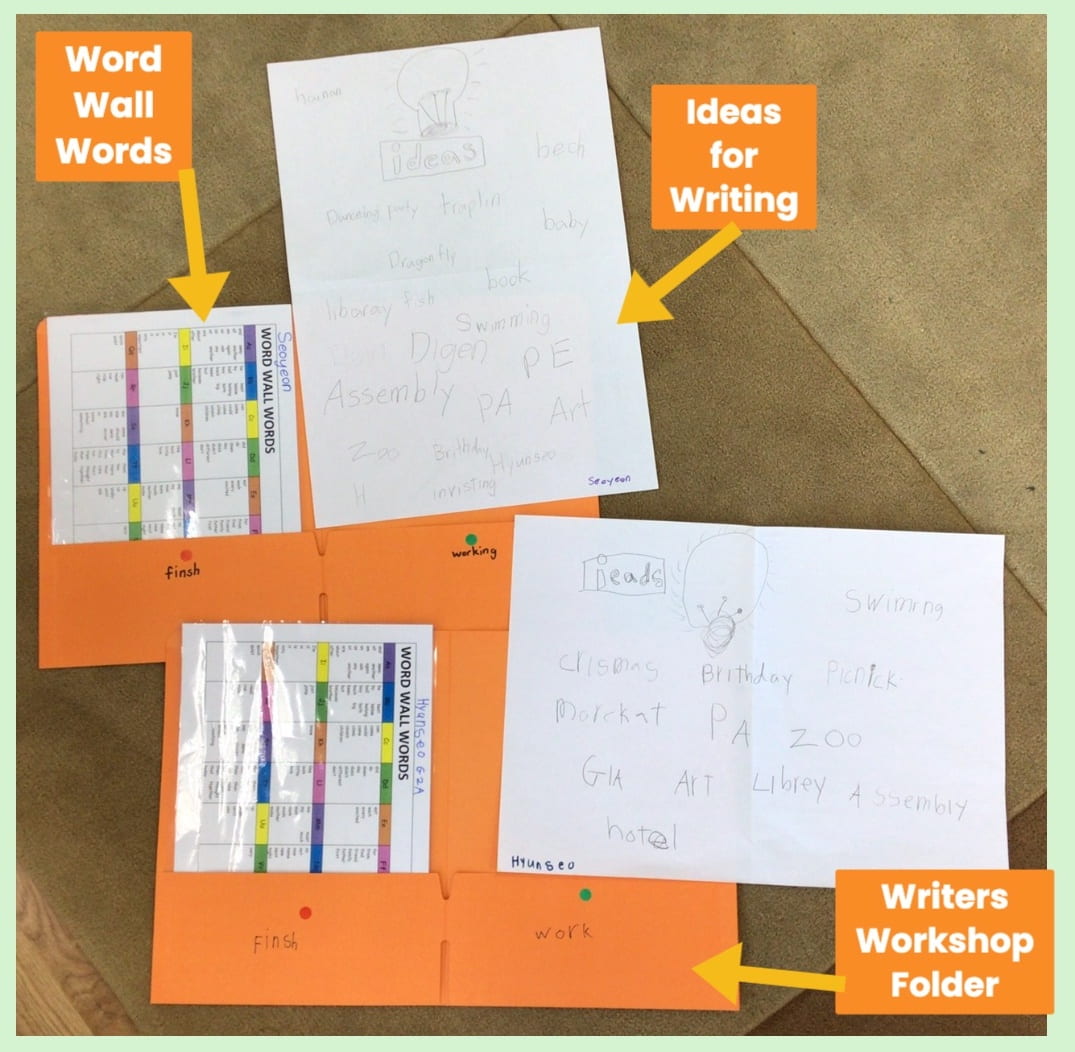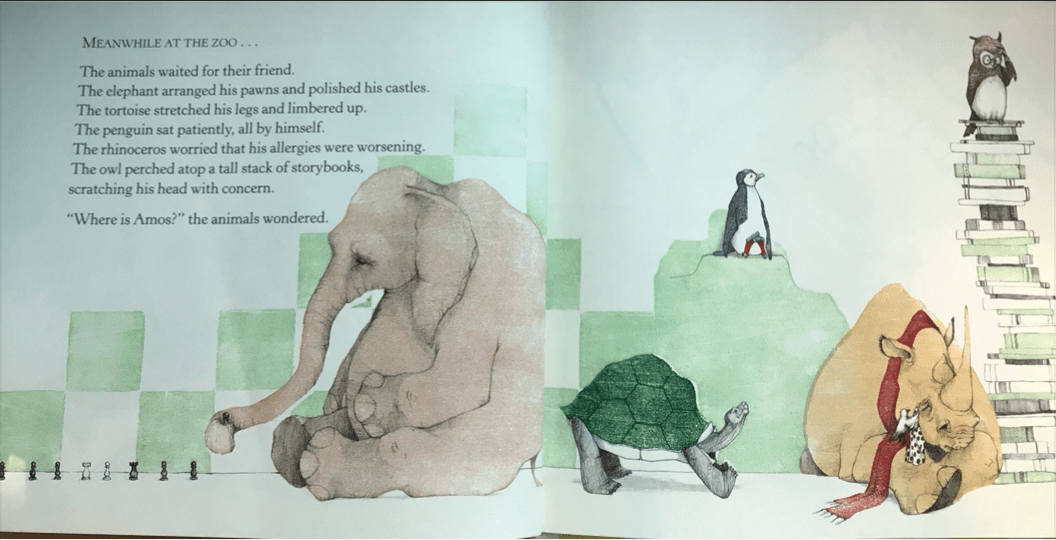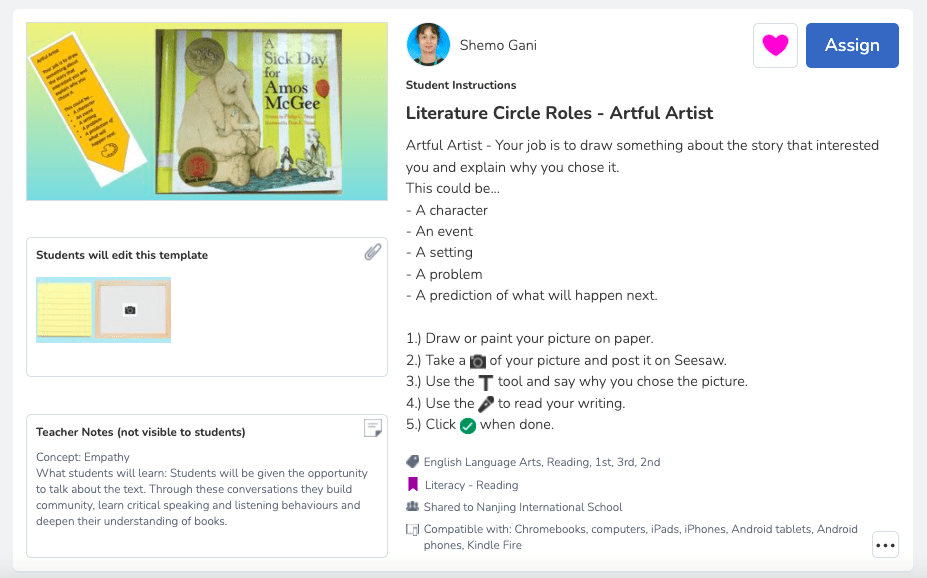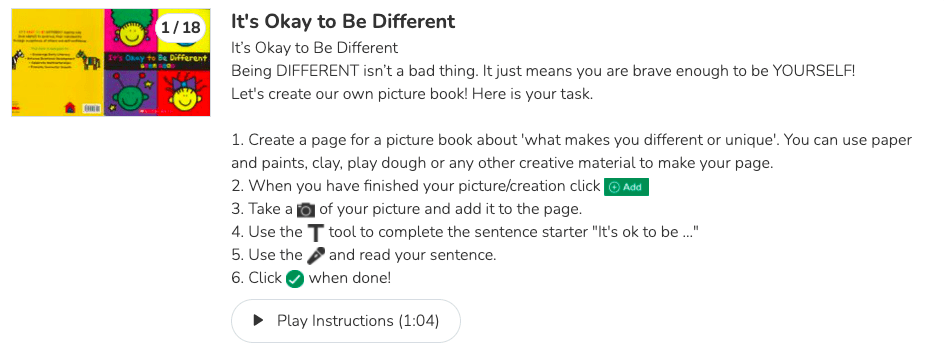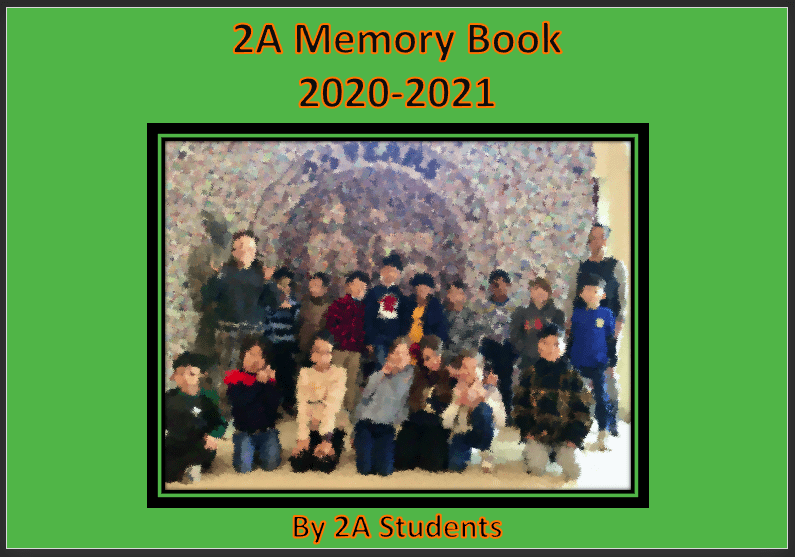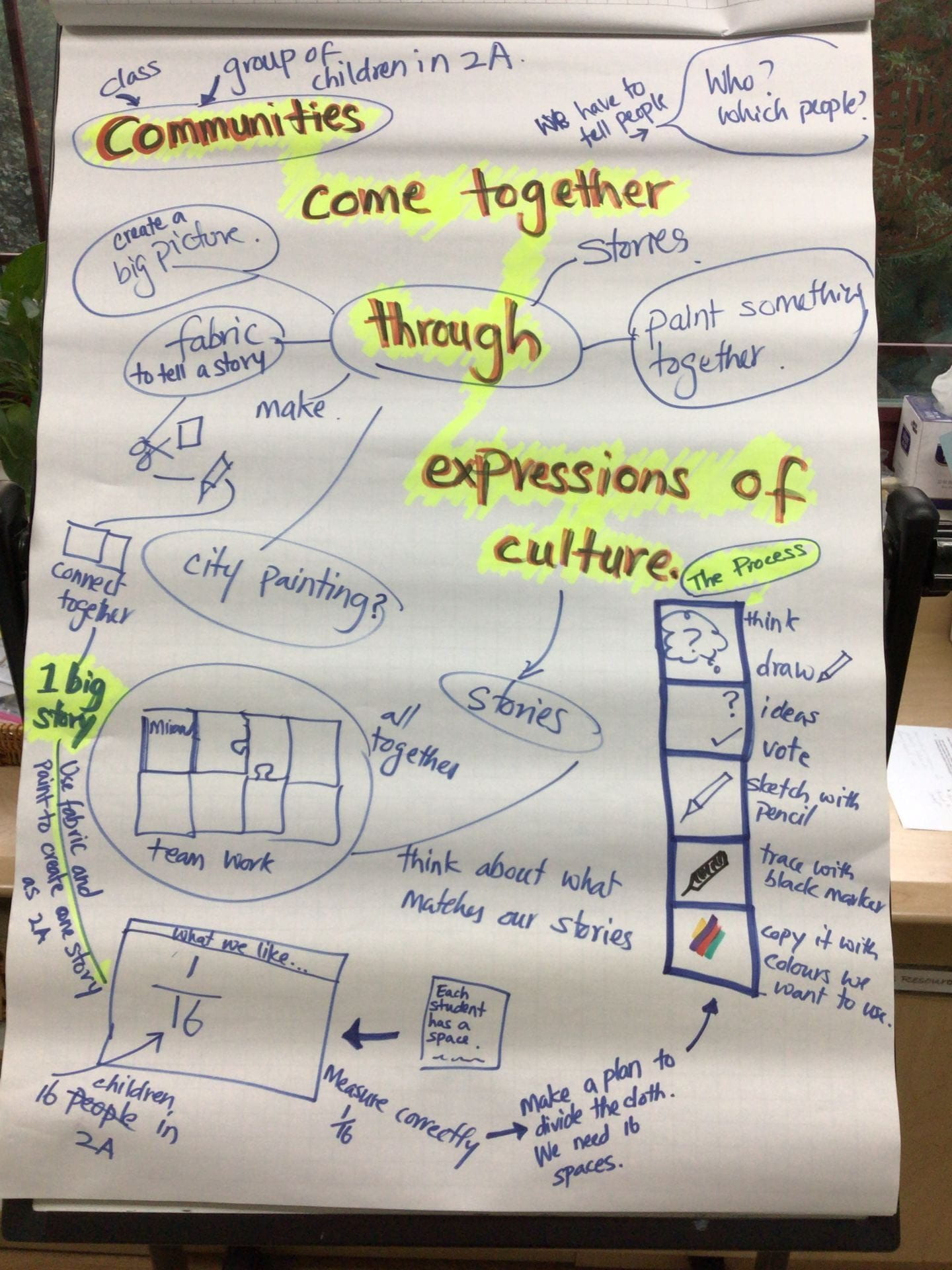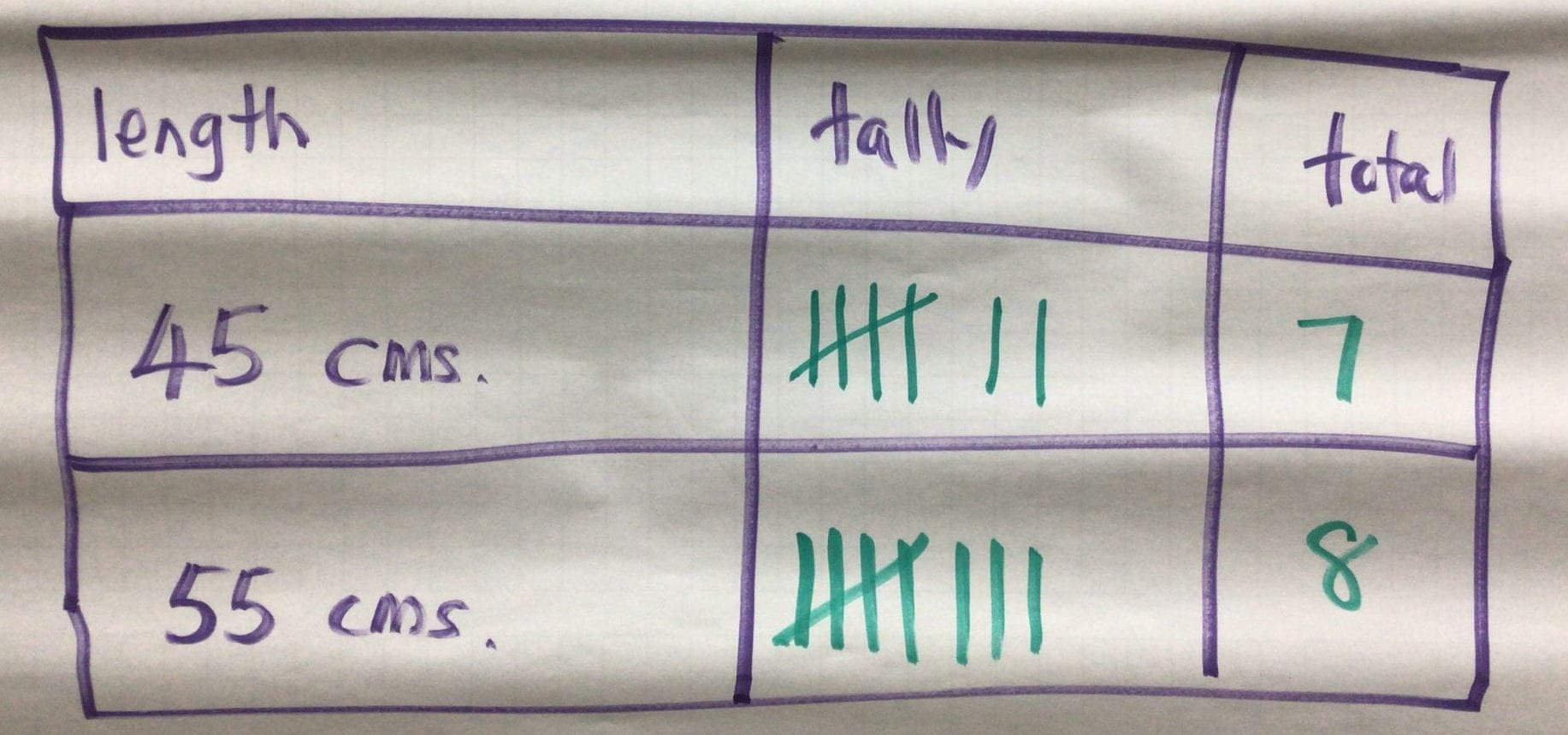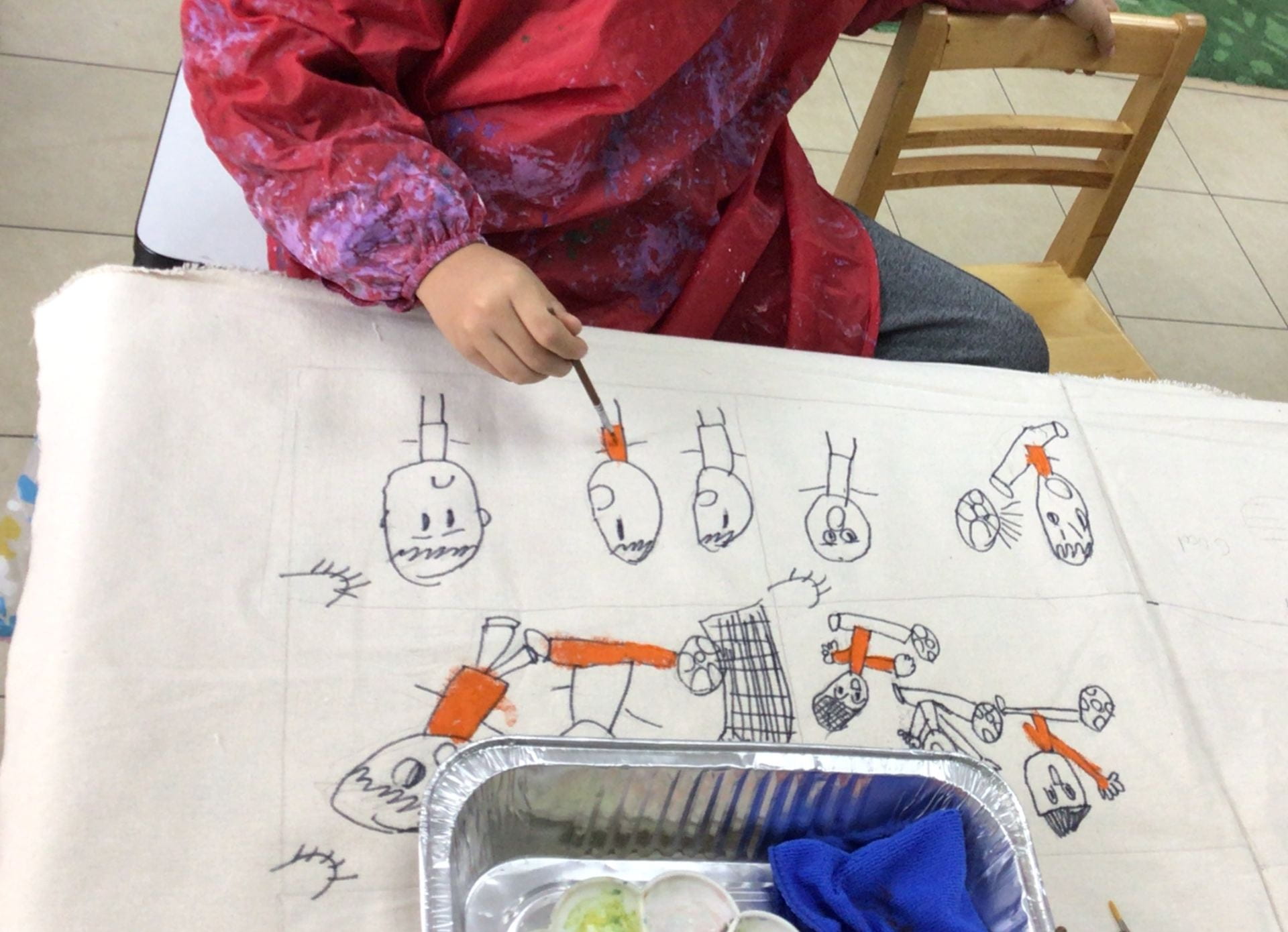In Kindergarten and through the Primary Years Programme, we develop lifelong skills and dispositions through the Approaches to Learning. When planning units of study or projects, the adults, often in collaboration with the children, decide what we want to know, understand, and be able to do as a result of our learning. This helps us think deeply and plan carefully to create meaningful, authentic opportunities for learning.
Ms. Sonya ter Borg, the Design teacher at NIS, designed child-friendly images to help the children identify and connect with the 5 different Approaches to Learning; Thinking Skills, Research Skills, Communication Skills, Self-management Skills and Social Skills.
We often use these images to talk about the different skills we develop through our work, play and explorations at school. As the children considered these skills, we documented the connections they made between the Approaches to Learning and their own lives.

The children quickly made the connection between listening and speaking. They highlighted the importance of listening to each other, the teachers and parents. Listening helps us learn and know what other people are thinking. We listen to gather information and instructions. The children made connections between listening and emotions, explaining that when people choose not to listen to us we can feel sad. Taking turns allows us to listen and speak respectfully. It helps us stay connected as we play and engage as a community.

When discussing the images that focus on social skills the children explained that they feel happy when they share the toys and materials, care for and help each other.
They provided many examples of when they need to take turns instead of rushing or pushing. Turn taking is important when:
- using play equipment
- getting lunch at the cafeteria
- we wash our hands
- using the toilet
- waiting for snacks.
We paid attention to the way the children expressed their ideas. Some children shared their ideas in English, Mandarin and Korean while the adults took notes. Some students helped translate ideas shared by peers. One child noted his ideas in Korean and then reached out to a Korean speaking adult to help with translations! The adults acknowledged the children’s engagement and developing awareness of the value of their voice and the different strategies they used to ensure their voices were heard.

As the children saw the image ‘I am mindful’, they took a deep breath and paid attention to their bodies, recalling the different strategies to stay calm. The children made connections between being mindful and listening, caring and solving problems. Being mindful also means using kind words such as ‘HI!’, ‘I love you’, ‘I like you’, ‘I will share with you’ and ‘Thank You’.
When discussing the different ways we solve problems, the children shard examples of when they looked for solutions to ‘fix’ problems.
The children explained that drawing helps us share our ideas and thinking. It helps us think about, reflect and show ‘how’ we solve problems.
The children considered looking at the speaker an important listening behaviour. We listen to see, to help us learn and know what need to do.

When discussing skills that help us conduct research, the children made connections between thinking, questioning and documenting (recording). They shared the different ways we might record our learning, through pictures, words, symbols and writing as well as using technology to record ideas (iPads). Recording information ‘helps other people ‘know’ what and ‘how’ we think or imagine in our minds’. And asking questions helps us learn more about the things we don’t know yet.
In K2, we will continue to use the different icons/images to help us think about the skills we use as we learn, play and explore together.










